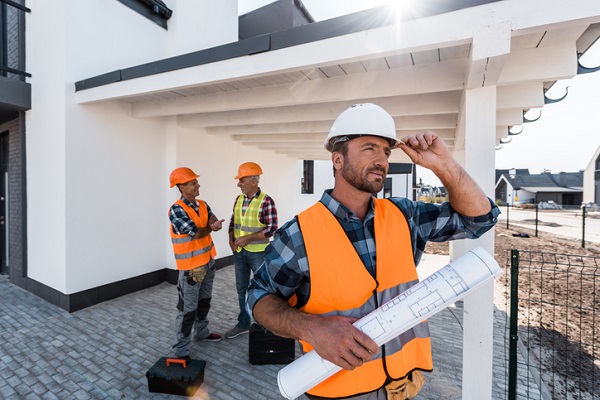3 ways housing demand may change in the long term
Thus far, 2020 has noticeably changed countless industries, including home building. Many builders faced immediate impacts and challenges in business operations and sales due to COVID-19. We remain optimistic that the building industry is turning a corner based on the latest forecasts. And there are some longer-term changes that could create opportunities for home builders. Here are three ways housing demand may change in the long term, according the chief economist for the National Association of Home Builders (NAHB).
Higher demand in lower-density areas
One of the most obvious changes COVID-19 caused was upending how people treated space. As NAHB chief economist Robert Dietz noted, higher-density areas like central cities faced many more negative consequences from COVID-19. Though this doesn’t mean that we’ll see a grand exodus from city living to farm life, it could shift demand. We may see people who originally wanted urban dwellings move farther out to the suburbs.
Overall, this is a reasonable trend to expect. As we’ve seen, younger (i.e., millennial) buyers began to lean into suburban living even before COVID-19 appeared. And with more people telecommuting than ever before, it’s possible that buyers will venture even farther from central city locations for affordable housing. Much of that affordable housing exists in the suburbs.
Bigger will be better
Another virus-related paradigm shift concerns the size of housing. Recently, new-home size has tended to decrease. Dietz stated that this shrinkage seemed to be a result of builders slowly adding entry-level housing to the market. This may have resulted from buyers’ need for more affordable housing, especially among first-time home buyers.
However, the pandemic tested people’s ability to live in close quarters with each other for long time frames. Both homeowners and renters often needed to turn their homes into a personal gym, workspace, and childcare center on top of a dwelling. As prospective buyers start coming out of quarantine, they’ll likely look for houses that can give them the space they need.
Again, younger first-time home buyers had begun easing into this trend before the virus struck. Millennials in particular have tended to skip starter homes for forever homes, which give them more space. As builders begin to ramp back up, they may need to consider this desire for size.
Retail space may convert to residential space
Few industries felt more pain from the COVID-19 crisis than retail. While it’s been a boon for online retail and some delivery-based companies, many physical retail spaces faced crises they couldn’t overcome. Based on this, Dietz makes an interesting prediction—commercial retail space may convert to residential opportunities for home builders. Likewise, thanks to increased telecommuting, commercial office space may share the same fate.
The conversion of commercial retail to residential could create great opportunities for home builders. Many of these retail spaces tend to be near transportation and relatively easy to access. Decent transportation and accessibility are two challenges buyers usually face when looking for housing they can afford. Building on those footprints could give builders high-impact spaces to build single-family homes and townhomes.
The need for structural warranties is always present
Although COVID-19 will likely change housing demand, the need for structural warranties is always present. A structural warranty from 2-10 Home Buyers Warranty (2-10 HBW) can protect you and your buyers from qualified and unexpected structural defects in the homes you build.
When you have a structural warranty from 2-10 HBW, you have a limited, express written warranty that replaces vague implied warranties. It helps you avoid risk, uncertainty, and expenses related to litigation because it includes binding arbitration to settle disputes. And most importantly, it provides 10 years of insured protection against structural defects, even those caused by covered instances of soil movement.
A structural warranty from 2-10 HBW, the industry leader in structural warranty coverage, can help protect you and your clients from unexpected and expensive structural defects. Though housing demand may change, the protection provided by 2-10 HBW is something you and your buyers can always count on.
Learn how you can protect your business and add valuable selling points to your new builds with a 2-10 HBW structural warranty.








